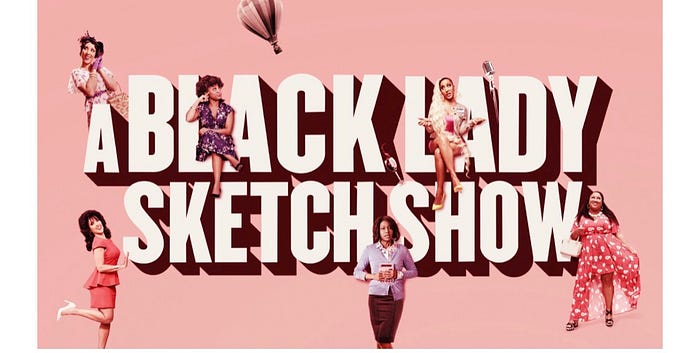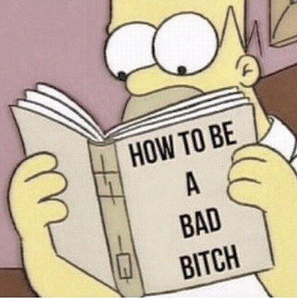UNDERSTANDING THE PROVERBIAL ‘BAD BITCH’ THROUGH THE BLACK LADY SKETCH SHOW

Out of a plethora of shows available on creative platforms, I choose Black shows because I seek to clearly understand the many complex issues plaguing the Black community and especially the Black woman.
I came upon this show on Instagram. It was advertised as a coming soon on HBO and looked like it held so much value because of a HILARIOUS preview and later scenes that serve/d as fluid vehicles to push social commentary about women’s lives in post modern society. In summary, I would say the show is an honest parody of societal issues with a limelight on feminine life. The topics projected in the show span impossible beauty standards, a comparison of marriage and it’s gradually changing or totally changed standards and expectations from our parents’ generation as compared to the millennial generation and a lot more!
This post will explore the Bad Bitch Support group scene from one of the episodes and hopefully spark your interest in jumping on this show as a way to understand, reinforce or refute certain ideas you may already have.
The Bad Bitch Support Scene –
Impossible Beauty Standards Enforced by Who?
Context
Words at Play — Bad Bitch, Basic Bitch, Okay Bitch, Pressure, Men, Lace front, Waist Trainer , Fucksicodone ( Spelt as heard on show ).
This scene is set in what seems to be a lab. The women are seated in a group and are observed through a glass window by two scientists. The scientists have a representative ( Angela Basset) who chairs the group. The Bad Bitches are in deep conversation about their lives and some of them speak of the pressures and stresses of maintaining a life that is eternally linked to heels and make up. Some of the members of the group seem perfectly fine with their state and are horrified at the thought of ever allowing their partner ( Men in this case ) see them without make up. They all agree to some extent about the need to remain in their current state all except one of them who is distraught and ready to give up. The rest of the ladies and the scientists are shocked at her questions and non conformity. The scientists resolve to increase the dosage of Fucksicodone ( a coined term from the word ‘Fuck’ and the suffix of a family of drugs that are meant to numb pain and in this case common sense or a desire to rebel against imposed beauty standards.)
From The Top
Third/Forth wave feminism circles around agency and choice. Particularly for Black women who have witnessed struggles shaped in the form of sexism and racism, the state of being a Bad Bitch has become a doubled layered protective tool that could help navigate the aforementioned terrains. A Bad Bitch is defined as a woman who embraces her body while simultaneously using it as a commodity (Lavoulle and Ellison, 2017).

In the scene above, the implied truths portrayed are that these women must be confident, tall and unflinching because as one of the characters say; ‘they didn’t choose this life, this life chose them‘. This statement though is indicative of a certain kind of lack of a choice, of a lot that has been cast on them through the workings of the male gaze, objectification of the Black female body and capitalism, link to the second factor. The location of the scene, — a lab, — is a weighty portrayal of the fact that indeed, there is a working behind the scene when it comes to beauty standards. Through the scene we further understand how a woman can be objectified with no gain and with shame only and unnecessary vulnerability as side effects. For this reason and in tandem with the specific definition of a Bad Bitch as offered by (Lavoulle and Ellison, 2017), Bad Bitchery can enamor and position women to gain over the forces that suppress them. One of the characters explains that she goes great lengths to fix her make up an hour before her man is up. It is unclear if this work (of rising early to make up), is meant to elicit some form of gain from the man; — however, if it is, then the choice of the character to use the tool of make up ( which equally functions as a tool of objectification ) to her personal gain guarantees some kind of a win for her.
The final scene where the scientists question why the outlier lady does not want to play into the idea of what a woman should be ( made up, waist trainer clad and in heels ) sums up the play of capitalism and the male gaze in objectifying women. However these females have a choice in how they can turn the powers to their advantage via Bad Bitchery.
